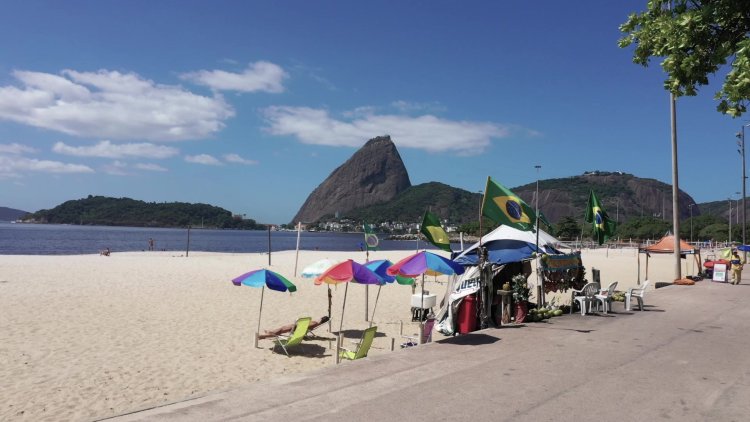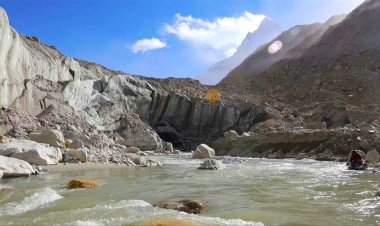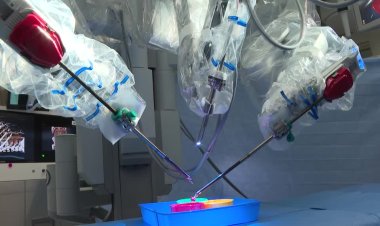Rio launches again clean-up of gorgeous, filthy bay

Cold beer in hand, the sun shining, Edson Rocha seems to have everything for a beautiful day at the beach.
In front of him, emerald hills cascade into Rio de Janeiro's Guanabara Bay; to the right is the Brazilian seaside city's majestic Sugarloaf Mountain; above, the iconic Christ the Redeemer statue outstretched his arms, as if to embrace the perfect beauty of it all.
Perfect except for one detail: the water in the bay is a foul-smelling stew of raw sewage, industrial pollution and trash.
Rocha, a 46-year-old oil worker, would love to take a swim.
"But then you have to go straight to the shower and scrub for 10 minutes to try to wash the pollution off," he says with a laugh, sitting metres (yards) from a river of sewage emptying into the bay.
The heart of Rio, Guanabara Bay is one of the most postcard-gorgeous spots on Earth.
But urban sprawl has blighted the landscape, and bathers prefer less-polluted beaches like Copacabana, on Rio's Atlantic coast.
Home to 12.5 million people, the bay's watershed system has long been a dumping ground for garbage, toxic chemicals and sewage, 54.3 percent of which goes untreated.
Now, after decades of failed fixes, Rio state authorities say they have a solution.
Last year, they privatised tottering water and sanitation service Cedae, selling the operating rights for Rio city and 26 other municipalities to company Aguas do Rio.
The new operator promises to invest billions to do what no one has managed yet: clean up Guanabara Bay.
Águas do Rio, which took over in November, plans to invest 2.7 billion reais ($570 million) over five years fixing broken waste-treatment systems and cleaning sewage from the bay.
The company, a subsidiary of sanitation group Aegea, has promised total investments of 24.4 billion reais across its 35-year contract to bring the sewage-treatment rate to 90 percent.
"I have no doubt people will start swimming again in the bay," says chief executive Alexandre Bianchini.
Locals are sceptical, given the history of failed plans to save the bay.
In 1994, Rio state launched a clean-up program with international funds, spending $1.2 billion on sewage treatment plants -- but largely failed to finish the pipes connecting them to residents.















